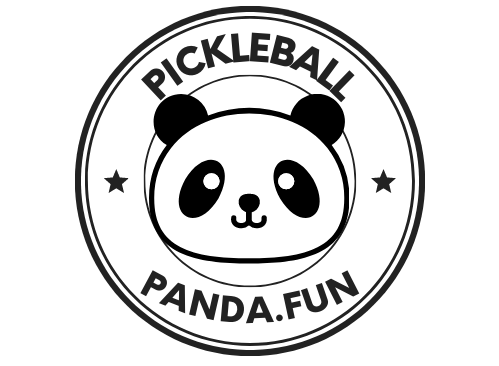Introduction:
Pickleball, the engaging and rapidly growing sport, combines elements of tennis, badminton, and table tennis. Among the array of shots in pickleball, the third shot drop is considered essential for achieving control and dictating the pace of the game. In this article, we will delve into the mechanics, strategies, and benefits of mastering the third shot drop in pickleball.
Understanding the Mechanics:
The third shot drop is a precise stroke that involves gently returning the ball over the net in a steep trajectory, forcing the opponents to move closer to the net. Its objective is to create an opportunity for the serving team to take control of the game by gaining a strategic advantage. To understand the mechanics, we break down the stroke into its essential components:
1. Timing and Positioning:
Hitting the third shot, proper positioning is crucial. Standing behind the baseline to ensure the ball is in front of you. Keep a balanced stance with bent knees in the ready position. Anticipate the return and position yourself slightly forward, ready to move. Getting in front and in balance is key to a controlled swing. If you are quick on feet and prefer hitting with your forehand, consider running around some backhand shots to get control on your drops.
2. Controlled Paddle Contact:
To execute the third shot drop effectively, it is important to contact the ball at or after its highest point, just in front of your lead foot. Watch the ball all the way through to hit your center of your paddle or its sweet spot. Keep the paddle level and swing through the ball evenly, do not try to chop or slice initially. This allows for a clean and precise contact, generating the desired trajectory over the net and on a downward projection before it crosses the net.
3. Finesse and Touch:
Unlike powerful groundstrokes, the third shot drop requires a lighter touch on the paddle. Maintain a relaxed grip and use a softer stroke, minimizing the force while ensuring control. An open paddle face upon contact facilitates the gentle descent of the ball.
Strategic Considerations:
The third shot drop is not just about technique; it is a strategic move that can dictate the flow of the game. Here are some key considerations to keep in mind:
1. Opponent Positioning:
Understanding the positions of your opponents and exploiting their weaknesses is crucial for a successful drop shot. Identify the opponent who may struggle with closer net play or a weaker backhand, and aim to direct the shot to their disadvantage. Anticipating if you do overhit a drop shot, it is more difficult for which play and which side of that play will it be to make an offensive play on the ball.
2. Court Awareness:
Assessing the court conditions, such as wind, lighting, and surface type, is essential to adapt your shot selection. Adjust your approach to account for the variables present during the game. Most times dropping to the center of the court is the standard shot where there may be confusion between the opposing players and it is the lowest point of the net.
3. Communication with Partner:
Coordination with your partner is vital for executing successful third shot drops. Ensure clear communication about the intention to play a drop shot, allowing your partner to adjust their positioning accordingly. This coordination will set you up for an effective follow-up.
Conclusion:
Mastering the third shot drop in pickleball requires a balance of technical proficiency, strategic awareness, and effective communication with your partner. With consistent practice and the incorporation of various strategies, this shot can become a potent weapon, enabling you to seize control of the game and keep your opponents guessing. As you develop your skills, remember that adaptability and the ability to read the game are key factors in making the third shot drop a valuable addition to your pickleball repertoire.
FAQs:
Q1: How can I improve the accuracy of my third shot drop?
Mastering the accuracy of the third shot drop requires practice and consistency. Begin by focusing on the basics: footwork, timing, and paddle positioning. Gradually increase the difficulty by incorporating variations in spin, speed, and angle. Regularly practicing with a partner, engaging in drills and friendly matches, will enhance your control over this shot.
Q2: When should I opt for a third shot drop instead of a drive or lob shot?
The decision to employ a third shot drop depends on the game situation. Typically, when your opponents are positioned closer to the baseline, and you want to initiate an offensive stance by advancing closer to the net, the third shot drop is the ideal choice. However, analyzing the positioning and abilities of your opponents is crucial for making an informed decision.
Q3: Are there any risks associated with using the third shot drop?
Like any shot in pickleball, there are risks associated with the third shot drop. Your opponent may anticipate the drop shot and respond with a fast volley or a counter drop shot of their own. To minimize these risks, focus on creating variations in your shots and maintaining consistency in your execution.
